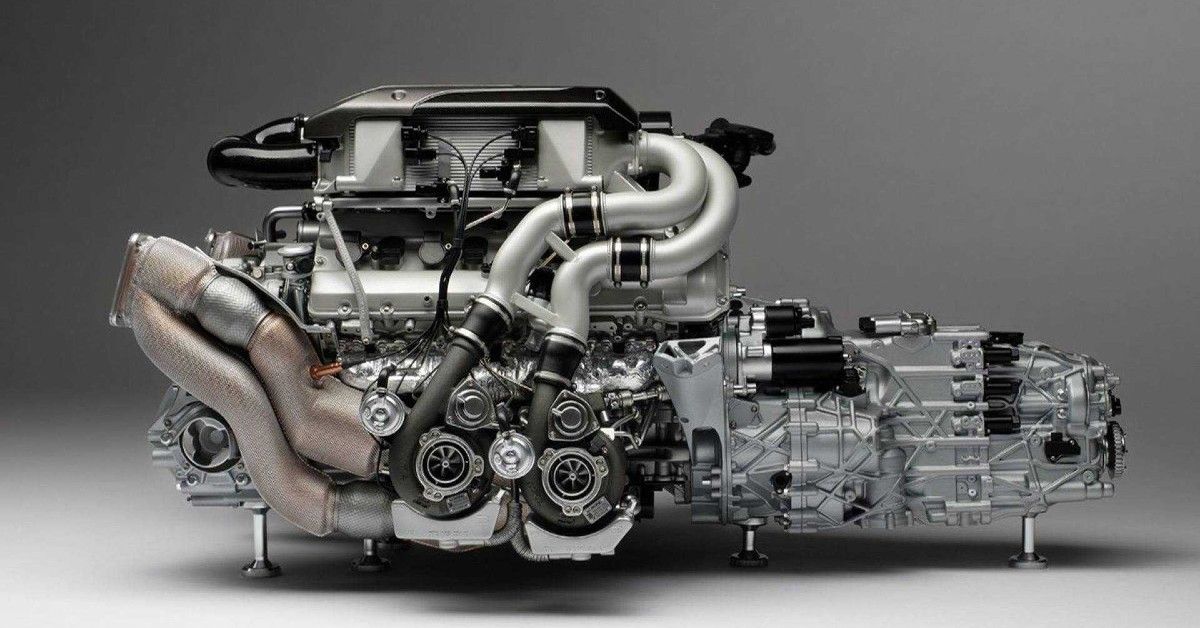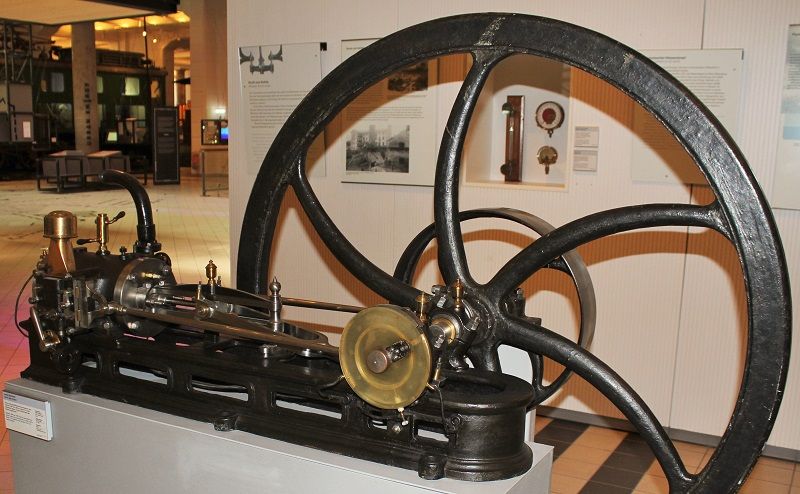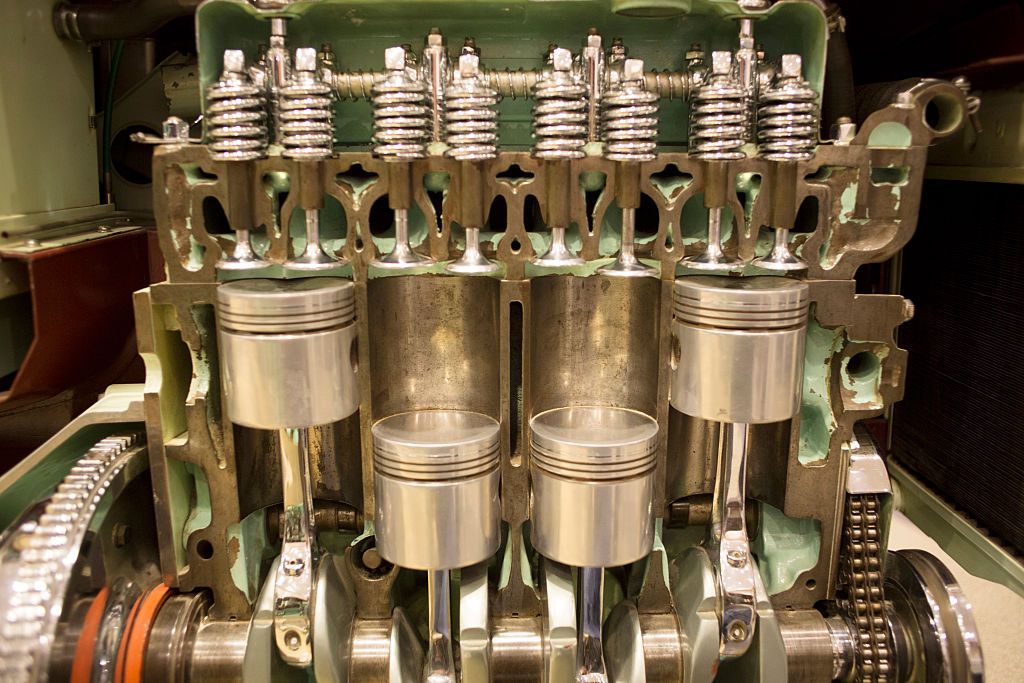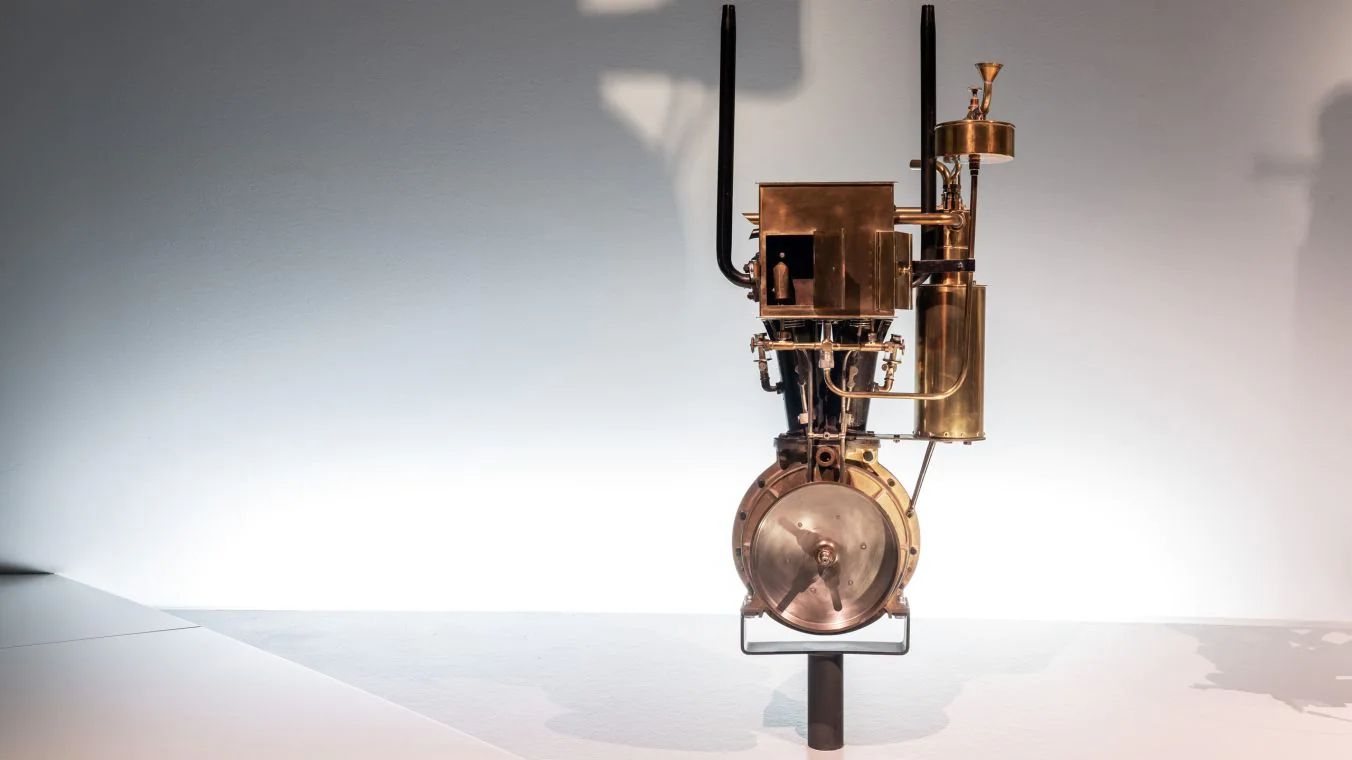The internal combustion engines are the beating heart of almost all vehicles seen on the roads, from cars and motorcycles on the road to planes in the sky and ships in the sea. This engine is the successor of old-fashioned steam engines or external combustion engines. However, this engine is undoubtedly much more efficient than its predecessor.
The fundamental difference between steam engines and combustion engines is that in the latter, the fuel is combusted on the inside by recurrent ignition and the resulting gases propelling the pistons. Whereas in external combustion, the fuel is combusted on the outside, and the resulting heat vaporizes a working fluid (water) that further, by expanding and acting on the mechanism of the engine, produces motion and usable work.
The development of internal combustion engines has a long history of more than 150 years, and several great minds have contributed to its evolution to where it stands today. Here's a tiny glimpse at the course of its development.
The Inventions Prior To 1860
1860 was the benchmark year in the history of internal combustion engines because, in this year, Etienne Lenoir developed the first commercially successful internal combustion engine. However, prior to that, several promising attempts were made by many worthy engineers and scientists.
Almost fifty years before Lenoir, French engineers Nicéphore Niépce and Claude Niépce built an internal combustion engine fueled by a mixture of moss, coal dust, and resin that ran on controlled explosions. They named it 'The Pyréolophore', and this engine was granted a patent by Napoleon Bonaparte. This engine was shortly followed by a hydrogen-oxygen-powered combustion engine invented by Francois Issac De Rivaz, in which he used electric spark as the ignition mechanism. Rivaz went on further and installed his engine in a carriage, which became the world's first automobile powered by internal combustion.
A few years later, in 1823, Samuel Brown patented the first internal combustion engine that could be applied industrially. Also known as 'The Gas Vacuum Engine', it used atmospheric pressure to work. He demonstrated its efficiency in running a carriage and a boat, and in 1930 this engine successfully pumped water to the upper level of the Croydon Canal in England.
These inventions drew the interest of several innovators, and in the following years, a number of unique developments came into existence. In 1826, Samuel Morey of America developed a compressionless Gas or Vapor Engine with a carburetor. Again in 1833, Lemuel Wellman Wright of the United Kingdom created a table-type double-acting gas engine with a water-jacketed cylinder. William Barnetts' engine, developed in 1838, is believed to be the first engine that implemented in-cylinder compression.
1860 And Onwards: From Two To Four-Stroke Engines
A few other developments took place in the coming years, but the grand breakthrough came in 1860 from the hands of Jean Joseph Etienne Lenoir. He invented a gas-fired internal combustion engine that is regarded as the first functional combustion engine. Functional because quite a few of these were actually produced and used all over Paris in several printing presses and looms.
In 1863, Lenoir installed this engine in a vehicle and named it the 'Hippomobile'. He drove this vehicle for nine kilometers from Paris to Joinville-le-Pont, and back. He used a turpentine derivative as fuel; thus, it was the first vehicle to pack the liquid-fuelled internal combustion engine. However, Lenoir's Hippomobile could not serve the need for speed. Its two-stroke engine was capable of generating only 100 rpm and had an average speed of 6 kilometers per hour.
Though Lenoirs' engine was not very successful in the automobile industry, the reduced size and weight impressed many. After which, Nicolaus August Otto, a German Engineer, took on the task of making this engine more efficient. He started exploring the potentiality of Ethyl Alcohol as fuel and installing four strokes to improve engine efficiency.
After twelve years of rigorous experimentation and a number of failures, in 1872, he succeeded in developing a functional four-stroke engine based on the principles of Alphonse Beau de Rochas and established the principles of intake, compression, combustion, and exhausts. To date, all internal combustion engines in cars and motorcycles function on the principles stated by Otto.
The 1880s: Engine Developed Ideal for Vehicle
Otto's engine and its developments were undoubtedly more potent than the Lenoir's; however, its weight became a matter of concern for automobiles. They worked quite well for factories but were not the best fit for vehicles. Gottlieb Daimler and Wilhelm Maybach then took the task of optimizing this engine. Once, associates of Otto started conducting their own experiments from 1881 to develop engines that were small, fast, and capable of powering vehicles on land and water.
Their first success came in 1883 when they developed a petrol gas engine with hot-tube ignition that could generate one hp at 650 revolutions per minute. It was small and relatively light, making it ideal for use in vehicles. The duo went further on to enhance its capabilities, which resulted in the development of the precursor of motorcycles which they named 'Retiwagen'.
In 1886 they installed an engine named 'Grandfather Clock' in a four-wheeled carriage, and in 1889, they created the first completely self-propelled vehicle with a 1.5hp motor. By 1900 Daimler and Maybach increased the power of automobile engines to 35 hp, which were capable of a top speed of 90 km/h.
Following these groundbreaking inventions, the internal combustion engine has gone through several developments over the years. The establishment of a number of automobile companies played a significant role in it. When the world experienced two devastating wars, the performance requirements of vehicles changed entirely. This contributed much to the need for inventions and developments of engines on land, water, and sky. After which, the perception of vehicles changed, and individuals started buying more automobiles, leading to several innovations which made the internal combustion engine what it is today.




